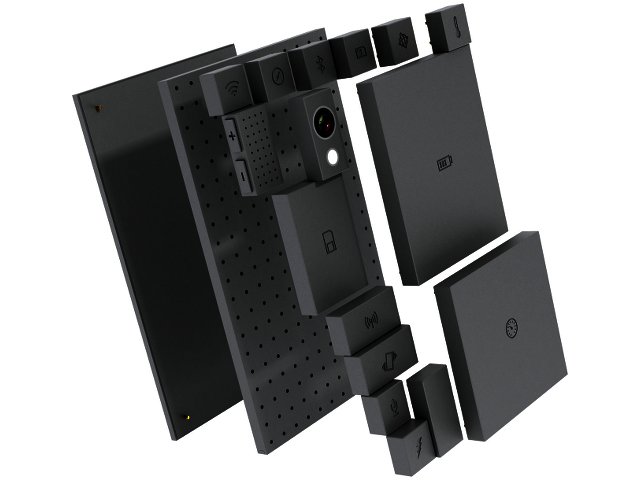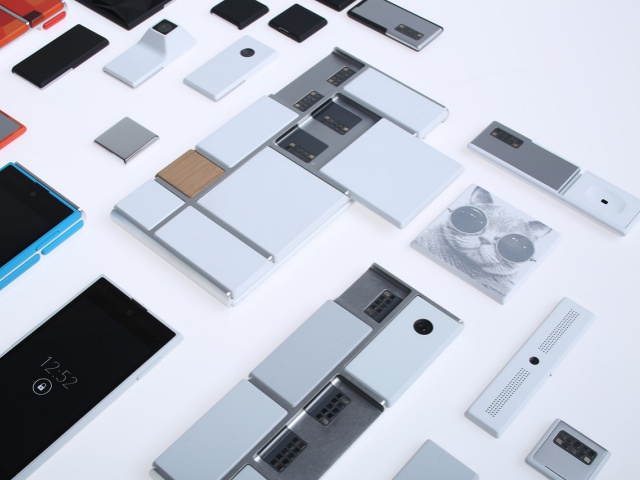Project Ara's Modular Phone still full steam ahead
By Robin-Leigh Chetty 4 April 2014 | Categories: news
Ahead of its online developer conference later this month from 15 to 16 April 2014 , a new video from Phonebloks serves to drum up interest in the potential applications that a modular phone can empower users to accomplish.
The video itself, showcases the renowned Google campus in San Francisco, California and discloses the company's latest efforts in modular phone design, Project Ara's endo, short for endoskeleton. The 'endo' is essentially a silver coloured smartphone-like frame that has slots for various processor and connectivity components, which are magnetically 'locked' into place. These magnets are controlled via an app, so the components can be fixed or removed without the need for a an external casing or backing.
Other details shown in the video, features the design of an application that will allow users to customise the components they desire prior to purchase. This makes the modular phone uniquely catered to the requirements that a specific user would want, and affords them the ability to omit any features they deem unnecessary.

Modular timeline
The idea of a functional modular phone design has been doing the rounds for more than six months now, with Motorola and Phonebloks initially detailing plans for Project Ara back in October 2013. The concept was ambitious, yet looked extremely promising, with varied design sizes and components already in production.
Fast forward to the beginning of the year, and Google opted to sell the majority of Motorola's Mobility division to Lenovo for a reported $2.9 billion. Google however decided to retain the Advanced Technology and Projects group, with its most notable undertaking being that of Project Ara.
The notion of a modular phone may seem a simple enough concept, but the potential application could be immeasurable, as it would give smartphone users greater freedom in terms of the specifications their smartphone will have. If we had to to imagine the ramifications of the successful launch of this product down the line, it could mean users would never have to purchase a new phone ever again.
People would simply buy the latest iterations of internal components, as opposed to shelling out R10K every two years on a new unit. But we're getting a little ahead of ourselves. We will have to wait until the Developers conference wraps up to offer any definitive detail on the future of the modular phone.
Most Read Articles

Have Your Say
What new tech or developments are you most anticipating this year?



